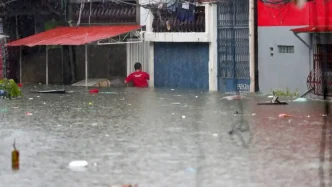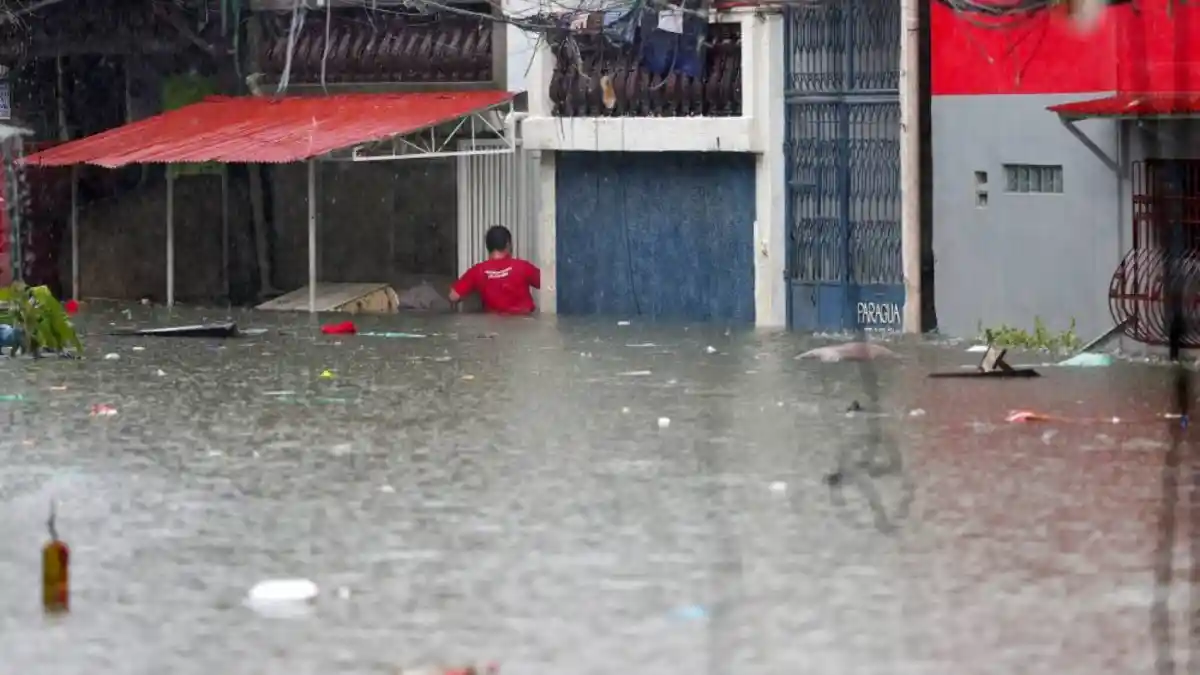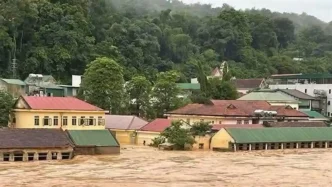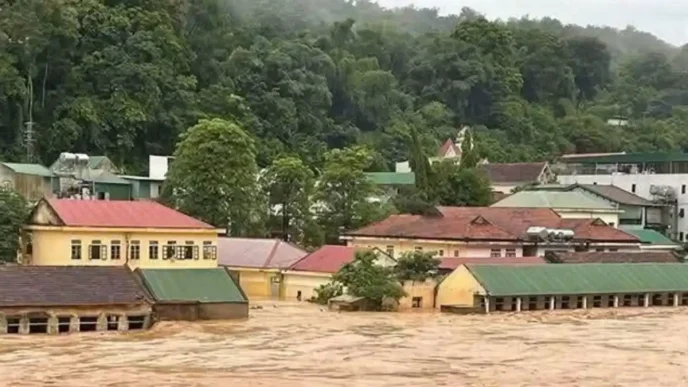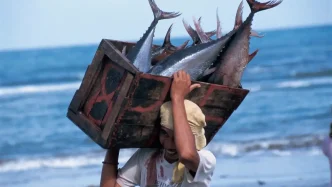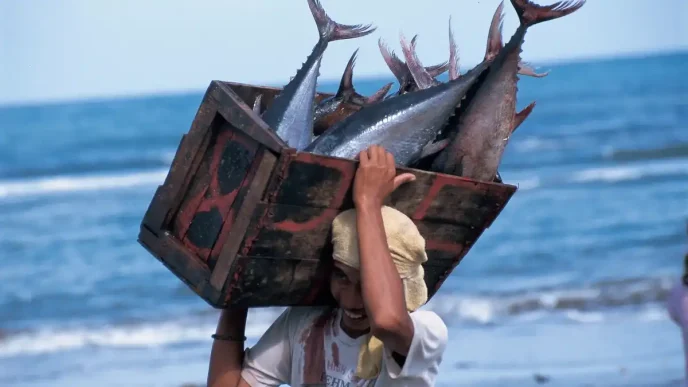Although Typhoon Wipha has since been downgraded to a tropical storm and later a depression, it has left widespread destruction across southern China and Southeast Asia. Manila is underwater.
On July 22, 2025, residents were seen swimming through flooded streets as Typhoon Wipha unleashed torrential rains across the Philippines, compounding the destruction already wrought by Severe Tropical Storm Crising and the southwest monsoon, known locally as habagat. The National Disaster Risk Reduction and Management Council (NDRRMC) reported on July 22 that the death toll from these combined weather events has climbed to six, with more lives at risk as another potential cyclone looms on the horizon.
A Nation Submerged
The impact of these storms has been staggering. According to the NDRRMC’s latest situational report, over 1.2 million people—equivalent to 362,465 families—have been affected across all 17 regions of the country. The scale of displacement and destruction is evident in Metro Manila, where many main roads have been submerged since Monday, July 21. Images of people navigating chest-deep floodwaters in the capital paint a grim picture of the crisis unfolding.
The latest fatality was reported in Mimaropa, a region encompassing Mindoro, Marinduque, Romblon, and Palawan, adding to the toll of three deaths in Northern Mindanao and one each in the Davao and Caraga regions. Six individuals remain missing, while another six have been reported injured. As rescue and recovery efforts continue, the numbers are a stark reminder of the human cost of these natural disasters.
Economic and Agricultural Toll
Beyond the loss of life, the storms have inflicted severe damage on the nation’s economy and infrastructure. Agricultural losses are estimated at 54 million Philippine Pesos (~US$920,000), with Mimaropa bearing the brunt at over 44 million Pesos (~US$750,000). Infrastructure damage is even more staggering, with estimates reaching 413 million Pesos (~US$7 million), including 299 million Pesos (~US$5.1 million) in the Ilocos Region and 112.8 million Pesos (~US$1.9 million) in Western Visayas.
These figures highlight the vulnerability of the Philippines to extreme weather events, a recurring challenge for a nation situated in the Pacific typhoon belt. The destruction of crops and infrastructure not only disrupts immediate livelihoods but also poses long-term threats to food security and economic stability in affected regions.
Another Storm on the Horizon
As communities grapple with the aftermath of Typhoon Wipha and Storm Crising, state meteorologists have warned of another tropical cyclone potentially forming by Wednesday, July 23. Heavy rains are expected to persist across much of the country, including Metro Manila, exacerbating the already dire flooding situation. The looming threat of yet another storm adds urgency to ongoing relief efforts and raises questions about the country’s preparedness for consecutive weather disasters.
The southwest monsoon, or habagat, has intensified the impact of these storms, a phenomenon familiar to Filipinos during the rainy season. The convergence of multiple weather systems in a short period underscores the increasing frequency and intensity of such events, a trend scientists link to broader climate patterns affecting the region.
Human Stories Amid the Deluge
Behind the statistics are countless personal stories of loss and resilience. In Metro Manila, families wade through flooded streets to salvage belongings, while in rural areas, farmers watch helplessly as crops are washed away. The images of children and elderly residents navigating murky waters in makeshift boats or on foot are a poignant reminder of the indiscriminate nature of these disasters.
In Mimaropa, where the latest death was reported, communities are still reeling from the dual impact of flooding and disrupted access to basic services. The region’s agricultural backbone has taken a significant hit, with many farmers facing an uncertain future as they assess the damage to their livelihoods.
Challenges in Response and Recovery
The Philippine government and local authorities face immense challenges in responding to a crisis of this magnitude. With over a million people affected, the strain on resources for shelter, food, and medical aid is palpable. The NDRRMC and other agencies are working to locate the six missing individuals and provide support to the injured, but the scale of the disaster complicates these efforts.
Flooded roads in Metro Manila and other urban centers have hindered the delivery of aid and slowed rescue operations. The situation is particularly acute in low-lying areas, where persistent floodwaters show little sign of receding. As heavy rains are forecast to continue, the window for effective response narrows, raising concerns about potential outbreaks of waterborne diseases and other secondary impacts.
A Broader Context of Vulnerability
The Philippines is no stranger to typhoons and tropical storms, experiencing an average of 20 such events annually. However, the compounded effects of Typhoon Wipha, Storm Crising, and the habagat highlight a deepening vulnerability. Urbanization, deforestation, and inadequate infrastructure exacerbate the impact of these disasters, particularly in densely populated areas like Metro Manila.
Environmental experts have long warned that climate change is intensifying weather patterns in the region, leading to more frequent and severe storms. Rising sea levels and warmer ocean temperatures contribute to the destructive potential of typhoons, a reality that demands urgent adaptation and mitigation strategies. For a nation already grappling with economic and social challenges, the recurring cost of rebuilding after such events is a heavy burden.
What’s Next
As the Philippines braces for the possibility of another cyclone, the immediate focus remains on saving lives and supporting those displaced by the floods. The resilience of Filipino communities, often tested by nature’s fury, will once again be called upon in the days ahead. Yet, the broader question looms: how can the country better prepare for a future where such disasters may become even more commonplace?
The road to recovery will be long, and the scars left by Typhoon Wipha and Storm Crising will linger in the memories of those who lived through them. For now, the nation watches the skies, hoping for a reprieve as it mourns its losses and rebuilds from the deluge.

